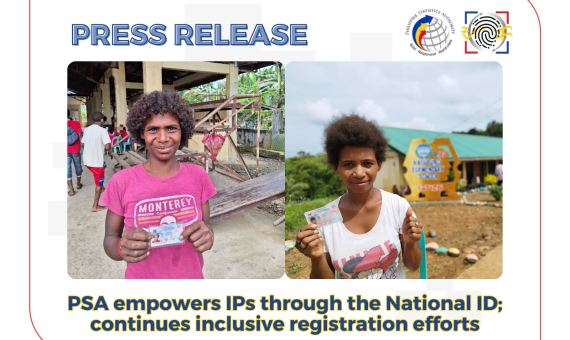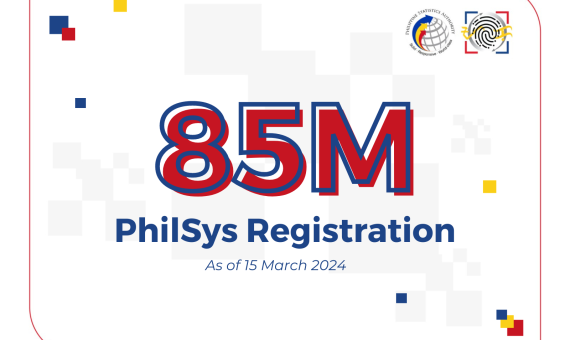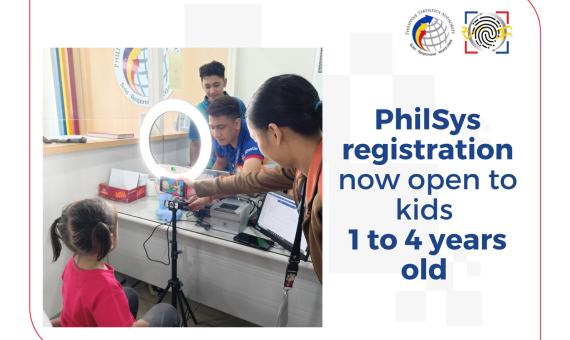The Philippine Statistics Authority (PSA) will commence Step 1 of the registration process for the Philippine Identification System (PhilSys) on 12 October 2020. To comply with health and safety protocols, the PSA enumerators registration officers will go house-to-house and collect demographic information of select sample of low-income household heads from 32 priority provinces this year.
These provinces include: Ilocos Sur, La Union, Pangasinan, Cagayan, Isabela, Bataan, Bulacan, Nueva Ecija, Pampanga, Tarlac, Zambales, Batangas, Cavite, Laguna, Quezon, Rizal, Albay, Camarines Sur, Masbate, Antique, Capiz, Iloilo, Negros Occidental, Bohol, Cebu, Negros Oriental, Davao De Oro, Davao del Norte, Davao del Sur, Davao Occidental, Leyte, and Tawi-tawi.
“Everyone will eventually be registered under PhilSys. However, we aim to register low-income households first, to improve the targeting and distribution of government aid. We will start in provinces which more or less belong to the bottom 40 percent of the population in terms of income,” said PSA Undersecretary Dennis S. Mapa.
To reduce health and safety risks during the Step 1 registration phase, the PSA also considered several critical factors, which include the number of active Coronavirus disease 2019 (COVID-19) cases in the area, security of target registration locations, ease of deployment of registration kits, and ease of mobilization of registration staff.
According to Assistant Secretary Rosalinda P. Bautista, Deputy National Statistician of the PhilSys Registry Office (PRO), the first step of PhilSys registration involves the collection of demographic data, such as name, permanent address, date and place of birth, and blood type of the target registrant. PSA enumerators will go house-to-house and record these data through digital tablets. The information will then be sent directly to a secured PhilSys database. Health protocols will be strictly enforced throughout the registration process to mitigate risks. By the end of this step, registrants will be issued an appointment slip that they will need to proceed with Step 2 of the registration at a later date.
“PhilSys Step 1 registration, or the collection of demographic data and setting the appointment for Step 2, was added to ensure the safety of our registrants and registration staff amid the COVID-19 pandemic. Since we will gather the demographic data ahead of time, all that is left during Step 2, which will be done in a registration site, is capturing the fingerprints and iris scans of the registrants. This will reduce the time they spend onsite and help reduce health risks. Step 3 will involve the issuance of PhilSys Numbers (PSNs) and physical IDs to the registrants,” she added.
The PSA had earlier announced that the government is prioritizing the registration of household heads belonging to low-income families. By providing formal identification, PhilSys will help low-income families access basic banking services and allow faster distribution of future government subsidies. PhilSys also aims to improve the lives of Filipinos by making transactions with the government simple, safe, secure, seamless, and more efficient.
For the latest information on PhilSys, please visit the official PhilSys website (www.psa.gov.ph/philsys) or Facebook page (www.facebook.com/PSAPhilSysOfficial/).
-PhilSys Registry Office





